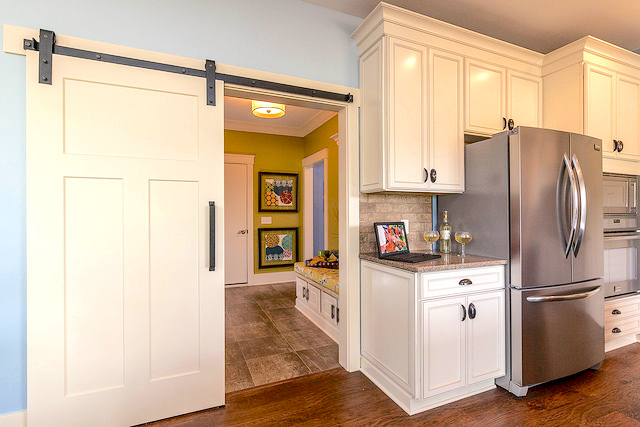What’s the Best Siding for Your Boston Home? 4 Tips to Guide Your Choice
Choosing your exterior siding is a big deal. After all, it has a huge impact on the whole look and feel of your home. The color is important, of course, but don’t forget that siding also adds to the texture of your house as well. In addition to how it looks, you’ll also want to consider how well your siding will hold up in a blustery New England winter that comes complete with blizzards and ice storms.
It’s a lot to think about, and there are many great options out there. Try these tips to help you narrow your choices to the ones that will work best for your taste while giving you the longest possible life.
1. Clapboards Always Look Good
Traditional wood clapboards have been the siding of choice in Boston since Paul Revere built his place in the North End. The clean, horizontal lines work well with traditional home styles and blend easily in historic neighborhoods. They also hold up great in a  nor’easter, since — unlike shingles and shakes — there are fewer places where they can curl up and be carried away by the wind. Modern Hardie Boards come in any color you can imagine, and they hold up far better than traditional wood when it comes to weathering tough Massachusetts winters.
nor’easter, since — unlike shingles and shakes — there are fewer places where they can curl up and be carried away by the wind. Modern Hardie Boards come in any color you can imagine, and they hold up far better than traditional wood when it comes to weathering tough Massachusetts winters.
2. Consider Maintenance
Traditional wood shakes or clapboards can also stand the test of time, but only if you stay on top of the maintenance. That means making sure your home gets a fresh coat of paint when the old layer starts to fail. If you live in a triple decker or a grand Victorian with a garret bedroom and lots of gables, it will cost more to prep, prime and paint your home when that work needs to be done. The extra height is about more than the square footage — it’s also harder for crews to get to the top. Prefininshed siding can be a more economical choice for tall homes since you won’t need to paint it, and composite products can eliminate repainting altogether.
3. Consider Your Home’s History
For an older home, take a good look at the neighborhood and character of the place. You’d never go with stucco on a Federal-style center-hall colonial, but it would look great on a Midcentury Modern ranch. It’s usually best to choose a siding style that is close to what the original architect had in mind. If you’re not sure, ask older neighbors if they remember, or talk to your builder — true pros have seen it all, and they’ll have great suggestions that will be in keeping with your house’s style.
4. Put Safety First
If you’re remodeling an older home, you have an opportunity to upgrade your home exterior cladding materials to be more fire resistant than plain wood from yesteryear. Cement fiber siding is a good choice for a more durable and flame-retardant exterior. It can be made to look like wood and also comes in a wide range of colors and styles, so you don’t have to sacrifice style for safety.
No matter what style of siding you ultimately choose, make sure to choose high-quality materials to best protect your home from the elements. The longer your siding lasts, the better your return on the investment — and that will allow you to turn your attention to other home improvement projects in the future instead of worrying about redoing your siding in a a few years.

